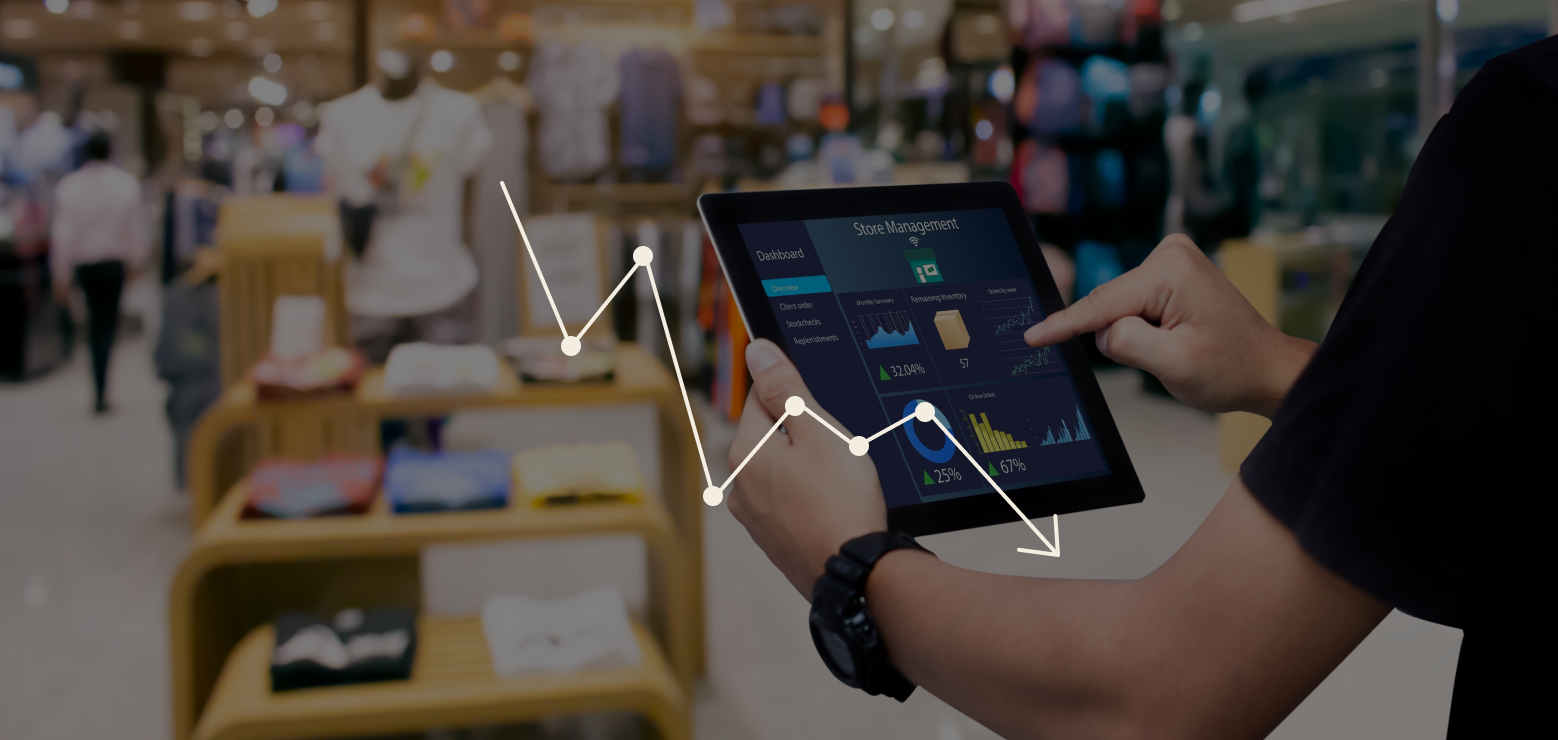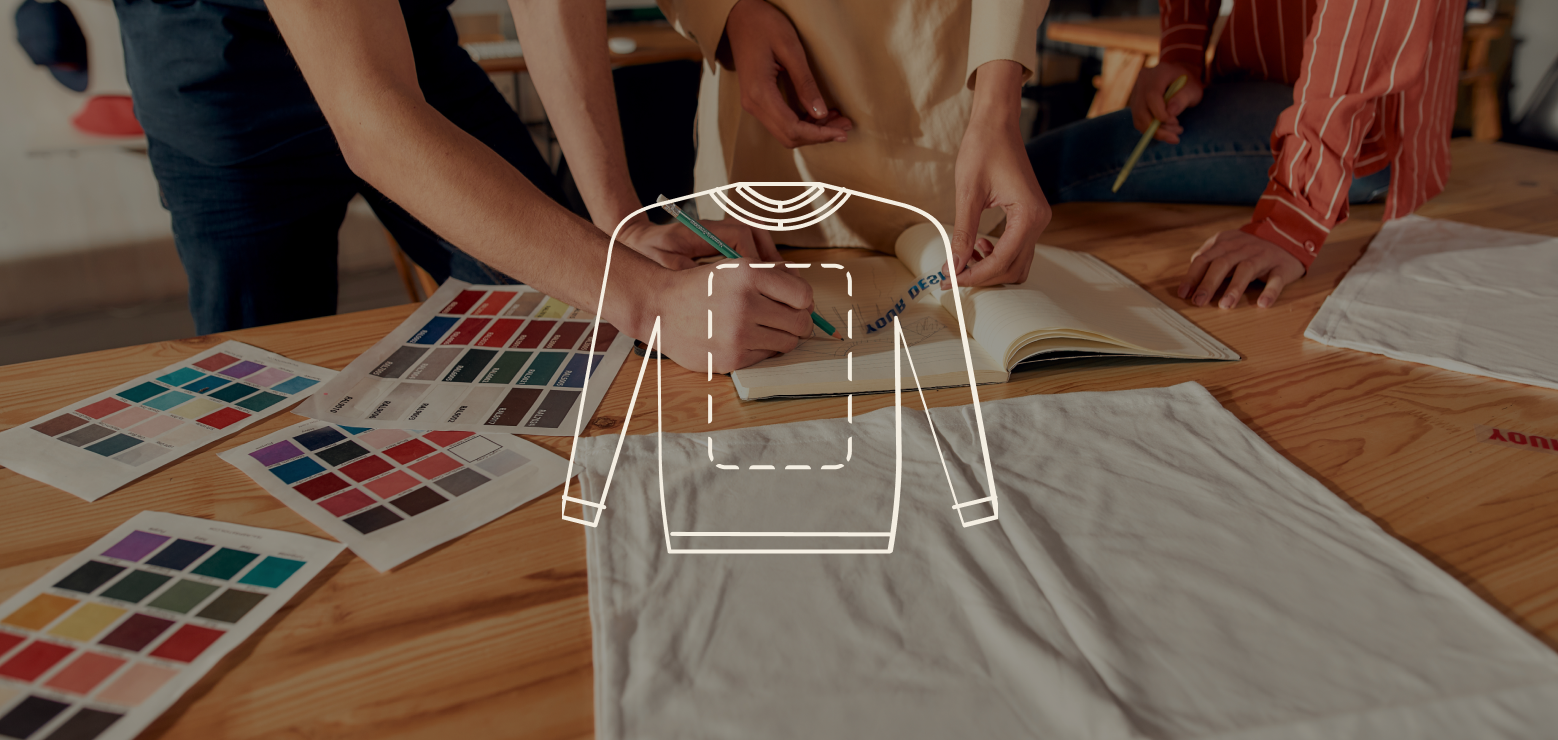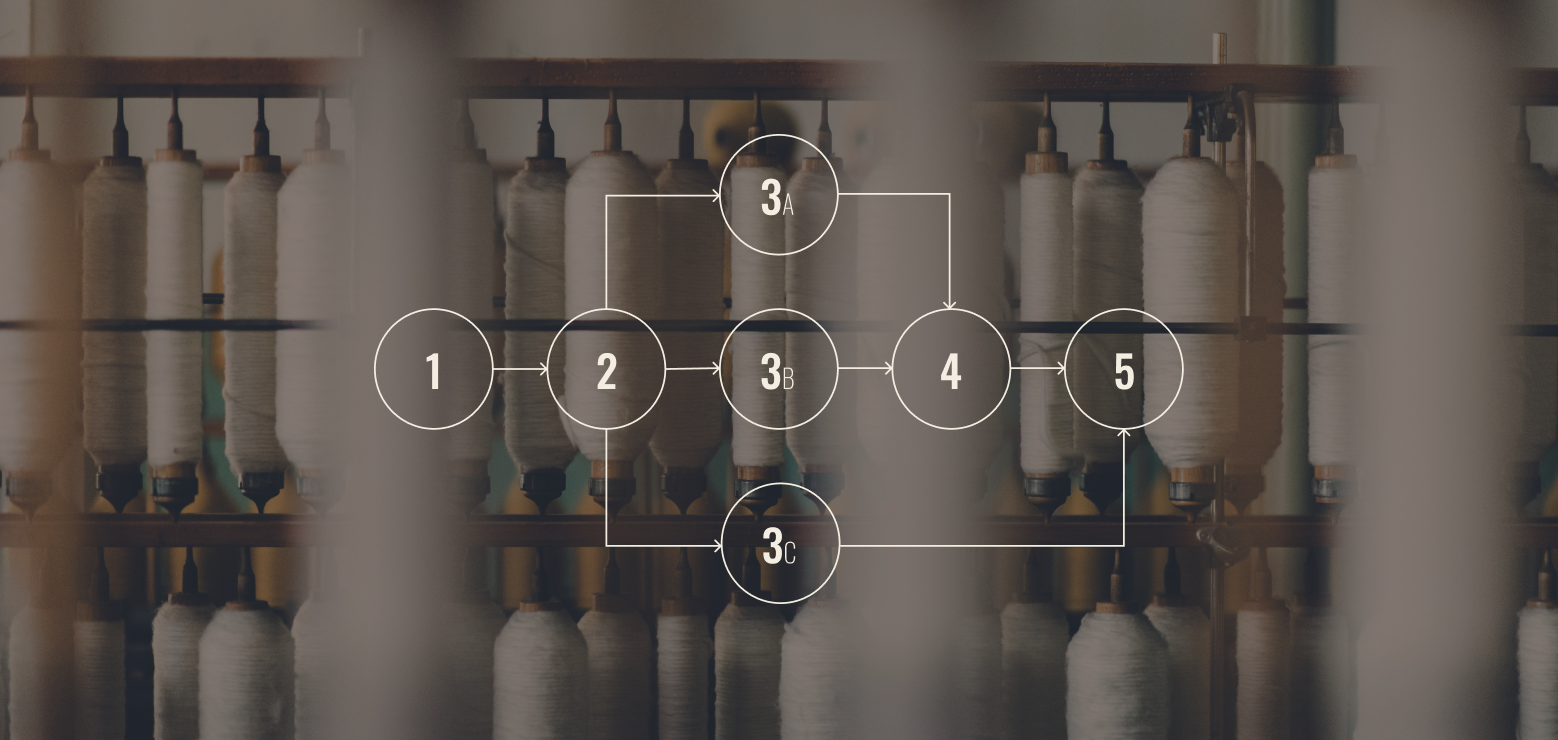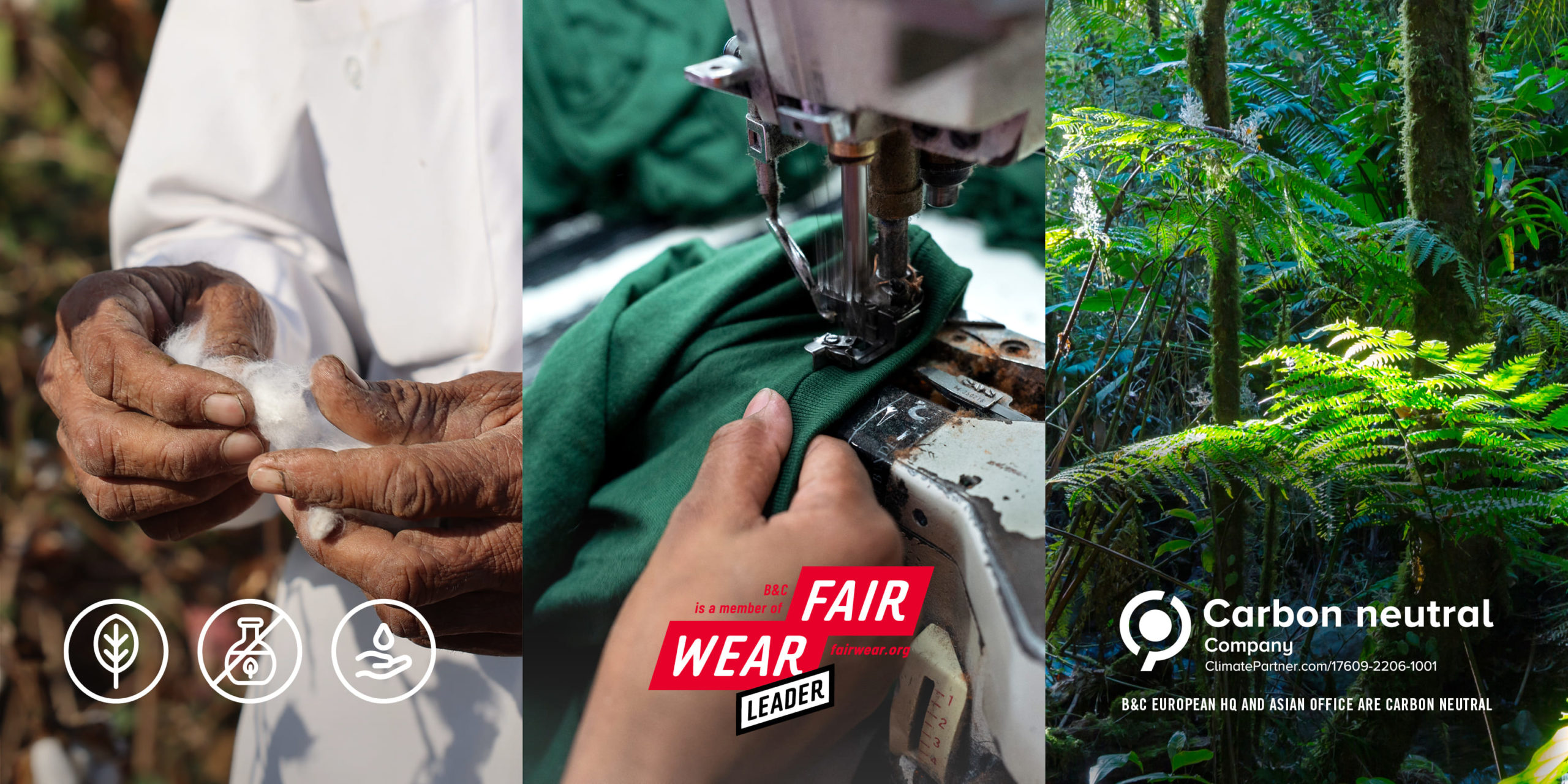Retailers: 3 things that can damage your reputation, and how to manage them

Twenty years ago, consumers turned to their family and friends for advice. Now, they’re taking advice online from thousands, if not millions, of strangers scattered around the globe. And the least one can say is that a reputation can be ruined with just a few mouse clicks, with a colossal – sometimes fatal – impact on turnover. Here are 3 things to look out for to avoid descending into reputation damage hell.
#1 Dissatisfied customers

Long gone are the days when frustrated customers simply shouted their indignation at the after-sales department. These days, unless their grievances are swiftly attended to, they vent their anger on the internet. This is very bad news considering that, according to the French polling institute IFOP, 3 consumers in 4 read customer reviews before buying online.
Tip: make sure you sell only quality products and services and, if there is a problem, come up with an amicable agreement. Has a problem just been reported? Fair enough! Apologise and immediately suggest a refund, offer to exchange the goods or come up with another satisfactory option.
#2 Online reviews

A rising number of websites – possibly even yours – enable customers to review the products and services on offer. Whatever you may feel about this yourself, there is no getting away from it. One day, a customer, or even a jealous competitor, will give you a bad review or leave a negative comment.
Tip: do not delete these negative comments if they have been posted on your own platform! In 95% of cases, if you do you will have lost the trust of the posters themselves, according to Trustpilot. Having said that, do not ignore them either. Seize on this opportunity to show your goodwill. Post a brief reply and invite the customer to contact you directly to find a solution.
#3 Your corporate branding

Does your brand have a reputation for delivering sustainable, ethical and/or local products? If not, an increasing number of consumers are certain to give you a miss. This trend was already on the rise, but the Covid-19 pandemic has only speeded things up: 6 out of every 10 people report that they are now buying more responsibly according to Accenture.
Tip: take concrete actions to reduce your social and environmental footprint and communicate about it. But beware of a bad buzz – no greenwashing! Focus on transparency instead.
In short, do not let others build your online reputation for you. As a retailer, get on the front foot, for instance by routinely preferring quality and sustainability. B&C’s garment collection can help.
How to limit financial risks in times of economic uncertainty?

The COVID-19 pandemic, the energy crisis, currency depreciation and soaring inflation have plunged Europe into a period of great uncertainty. As a result, there have been many supply chain disruptions, but demand also fluctuates in uncertain times. So how can you keep your retail business afloat?
The VUCA world is here to stay
As a retailer, you know that launching a new collection is anticipated months in advance. With all the financial risks that this implies in the event of a crisis or a change in trend, for example. How can you avoid accumulating unsold stock or, on the contrary, running out of stock in the event of a sudden drop or rise in demand?
Since the Covid-19 pandemic these questions have never been more topical. Supply chains have seized up. Uncertainty is no longer the exception, but rather the norm. The retail sector, like many others, now operates in a VUCA environment:
· Volatility: consumer shopping habits change rapidly and are difficult to predict.
· Uncertainty: the current retail outlook is unclear and the future is uncertain.
· Complexity: with so many different, interconnected factors in retail, there is a big potential for chaos.
· Ambiguity: customs and regulations in the different countries leave much room for interpretation.
In other words, it is a crazy world out there and we’ll have to do the best we can to deal with it. But you don’t have to take all responsibility on your shoulders.

Embracing a more agile supply chain management
The key to resilience is now flexibility, made possible by agile supply chains. The retailers that do best are those that have the ability to react quickly to unexpected events. In retail, this involves several elements:
1. Reducing the time from order to sale, while being sure to be supplied on time
2. being delivered quickly to meet customer demand without having to build up stocks
3. Keeping initial investments to a minimum, favouring quality but affordable suppliers and ordering only the needed quantities
4. Avoiding fluctuations in the foreign exchange market.

Sourcing from Asia usually keeps costs down. However, it often comes with several constraints that you actually want to get rid of: placing orders at least 6 months in advance, ordering certain volumes and, of course, paying in US Dollars.
Good news! By teaming up with partners like B&C, you can have the best of both worlds: sourcing from Asia but only from a well-established European player. The result: quality goods, available at any time and delivered in less than 48 hours, regardless of volumes and your location in Europe…
The 3 keys to getting the best print result

Do you want to produce garments with printed designs?
Whether it’s graphics, logos or slogans, textile printing is an artistic undertaking combining creativity and some experimentation. Once you’ve tweaked your design and its colours to get the best impact you want to make sure you get a great result when you print it on a garment. To do that you really need to understand the relationship between printing and fabric so you can get the quality and durability you need.
Here are the 3 key things you need to consider once you’ve got your design.
#1 The right fabric
Fabrics can be classified into 3 main categories: natural, synthetic or a blend between the two. When choosing what fabric to print on, you first need to decide what it’s going to be used for as all fabrics have their pros and cons.
Natural fabrics such as cotton are breathable and soft to the skin but can retain moisture, whilst synthetic fabrics such as polyester wick away moisture and are thus perfect for all types of sportswear. Blends add an interesting dynamic to any garment by combining the advantages of both natural and synthetic fibres, with polyester adding strength to the garment whilst cotton improves absorbency.
Cotton and Polyester are now also increasingly available in more sustainable varieties, such as organic cotton or Better Cotton, and recycled polyester. These options have the same properties as their traditional counterparts, they are just as easy to decorate.
So, before you start to print be clear on where, how and by whom your garment will be worn so you make the right fabric choice.

#2 The right quality
It’s important to remember that not all fabrics are created equal. Like everything else whether they are natural, synthetic or blends, fabrics come in a range of qualities. The visual reproduction of any design will be degraded if it is printed on a fabric with a rough surface.
To achieve the best result whatever the print technique you plan to use make sure your garment has a smooth surface with a soft hand-feel, like ring-spun cotton for example. This will ensure that the ink goes on smoothly and penetrates better, giving your print an even and vibrant look.
The garment you print on is your canvas, it needs to reflect the quality of your design!
#3 The right technique
Take the time to choose the printing technique that will enhance your design and make it last. Depending on the type of fabric you plan to print on, the number of pieces you want to print and, of course your budget, each one has its pros and cons.
- Screen printing (also called silkscreen printing or serigraphy) is believed to be the oldest method of garment printing and is still the most popular thanks to the high quality result achieved by high levels of ink absorption. The set-up of the print takes a while and there are limits to the number of colours which can be used. It is therefore best suited to larger quantity print-runs of vivid designs. The results are qualitative and durable.
- Direct-to-Garment printing is an increasingly popular method for garment printing as it is both easier and quicker than screen printing. As the name suggests it is driven by computer generated designs, and it will deliver great results even for the most complex graphics containing many colours. It is for example ideally suited for very high-quality, full-colour printing of photographic images directly onto t-shirts, sweatshirts or polo shirts. Cotton fabrics are best suited to DTG printing, but blended fabrics with cotton outer surface also deliver good results, which are wash resistant, hence durable.
- Dye-sublimation printing is a process by which the ink is transformed into a gas with heat, and when it transfers to the garment, it turns back into a solid. This process doesn’t leave another layer on top of the garment, which means that sublimation prints usually last longer without fading, cracking or peeling. However, not all fabrics are suitable for sublimation, so take care when making your garment choice. There are six main types of fabrics that can be sublimated: Polyester, Nylon, Rayon, Spandex, Acrylic, and Lycra.
- Heat transfer is very similar to sublimation printing, but these two garment printing processes use different chemical reactions to apply designs to apparel. Unlike sublimation printing the heat transfer process uses a heat press to push the solid or liquid ink onto the garment. This process leaves an additional layer on top of the garment that can wear off over time. Although it is an easy way to apply complex, colourful graphics like photographic images it is less durable.
There are other techniques out there too, such as CAD cut-out vinyl printing, which can work for very small print runs of simple designs. Always do your research to find out what’s best for your project.

Once you have your design, you’ve decided what type of garment to print it on and how, you need to the find the style that meets your needs – the right fabric, the right quality and importantly the fit and cut to match your ambitions.
Remember, if you’re serious about printing on garments then quality is everything.
Should you cut back on quality to increase your margins?

In times of inflation, margins are under pressure. So, what can you do to stay profitable? Increase your prices? Reduce the quality of your garments? The latter certainly shouldn’t be the answer. There are other ways to maintain your margins without putting your brand image at risk.
Lowering the quality of your collection? Risky business
Inflation is driving up costs. Raw materials, transport, wages, etc. are on the rise, eating into your margins. You could increase your prices, many (r)etailers do. But there are limits. Your customers are also under pressure and more inclined to watch their spend in uncertain times. Higher prices are likely to deter cost-conscious customers.
Another option would be to reduce costs by cutting back on the quality of your collection. But beware of the risks: customer complaints, returns, reduced customer loyalty. In the end, lower quality products have a significant impact on and therefore on your turnover.

There are alternatives to maintain your margins
Increasing prices to maintain the quality of your offering may be unavoidable, but there are ways to mitigate the impact on your customers, by lowering your costs for example:
- Optimise processes: check where you can save costs and improve efficiency e.g. by grouping production or investing in automation. Digital transformation often leads to productivity gains.
- Review your supply chain: Increase your flexibility by finding new suppliers who can deliver smaller quantities quickly. Stay agile and adapt quickly to customer demand.
- Tweak your assortment: Consider reducing your assortment, focussing on your flagship or high-margin products. Make sure you also offer something for the value-conscious customer.
- Guarantee quality: Good fabrics and quality controlled production will mean fewer returns and less wastage, so better stock management.
You may think these issues are complex and require time to implement. But there is an alternative. Working with a supplier who can guarantee quality products, available quickly in small quantities. They take care of the supply chain so you can focus on your customer business. B&C’s experience in sourcing and supply can be your guarantee of flexibility, quality and consistency in a turbulent market.
How to make your supply chain more flexible

Recent crises have heavily impacted supply and demand, highlighting how difficult it is to predict volumes of goods needed to keep your business up and running. Let’s see how the retail sector can adapt to this new reality and become more agile.
To deal with uncertainty, supply chains are increasingly having to get more flexible in order to better react to unforeseen events. Quick and easy up/downscaling and Plan B alternatives have become necessary to make sure you have the right stock available at the right time. How can you follow the same path and make your supply chain more agile?
Automate processes where possible
To allow for quick and flexible reactions to changing market needs, both on supply and demand side, you need to create repeatable processes you can rely on. These can be automated to improve your efficiency and avoid costly (human) errors.
Whatever change you are confronted with, these automated processes should be robust enough to follow the market needs, at the click of a button.
Collect data and use it wisely
All retail and etail businesses today have access to heaps of data, not just about stocks, sales and prices but also about customer habits and trends. Thanks to technological developments, it’s possible to combine and analyse large amounts of data which can guide how a collection is managed, in terms of assortment and seasonality too.
This enables retailers to make quick and informed decisions when unexpected disruptions arise. Better data and analytical tools also allow for more accurate forecasting and stronger customer relations.
Include suppliers and customers in operations
A supply chain becomes more agile when you establish direct communication lines with all stakeholders, from suppliers to customers. When working collaboratively, internally and externally, you can optimise operations.
Sharing information about availability and delivery, basing decisions on customer needs and allowing some flexibility will mean everyone knows what to expect. Only when you take into account everybody’s needs and possibilities, will you be able to achieve the most satisfying results for everyone.
Work with reliable partners
Choose your suppliers based on their ability to meet fluctuating demands so you can most easily adapt and react to short-term changes in your business. A great mitigation strategy is to work with a garment supplier in who caries stock in Europe. This allows for smaller order quantities, short delivery times, consistent pricing and a quality guarantee which will help you safeguard your reputation too.

A partner like B&C for example. With over 25 years experience of sourcing garments in Asia, working with a small number of carefully selected factories, and with huge stocks in Europe that can be delivered within 48 hours there’s no need for you to accumulate stocks.
Stay flexible, meet the needs of your customers and keep your business healthy.
No need to sacrifice quality if you can manage your stocks

Placing large orders a year ahead and never being sure of the quality of that final delivery can be a financial and logistical nightmare. B&C can take the pressure off. Putting our 25 years’ experience in product development and supply chain management at your service so you can offer your customers high quality styles without any risks. That’s a real benefit in these unpredictable times.
Quality by design
Since we started creating styles in 1997 we’ve made sure that each product we deliver meets the highest quality standards, not just in its contemporary design but also in its fit, its fabric and an attention to finish and details. From t-shirts to jackets we innovate, we test, we monitor production so that you can be confident in the quality of your collection.
The right fabric for every style
A style’s fabric determines how it looks, how it feels and how it lasts, so choosing the right one is very important to us. We always make sure the fabric enhances the product design and fit. But most importantly we test every fabric for its durability, consistency and suitability for decoration, because we know the importance of quality customisation.
Traceable quality
80% of our production comes from just 11 factories, long-term partners who work to strict production guidelines. Our local team in Asia visits them daily, running regular quality checks on production runs to make sure colours, sizing, finish meet out specifications. That’s our guarantee that the styles you choose will meet the quality standard you expect.
No MOQ, Quick delivery

B&C offers you great quality for your collection, that’s a given. But we also bring you flexibility. There’s no minimum order quantity needed! You can manage your collection and your stocks based on your sales. No heavy financial investment, fewer boxes in your stock room, much less discounting or wastage at the end of the season.
We have over 20 million pieces in stock in Europe, ready to be delivered to your door in 24 hours by one of our 53 wholesalers.
That’s why you don’t need to sacrifice quality to keep your business profitable!
Build your collection without any risk

In uncertain times it’s not always easy to balance having the right stock with the financial reality of managing your investments and keeping flexibility in your supply chain. Placing large orders with distant suppliers a year in advance with no quality guarantee is a risk which you may not want to be taking right now.
A Fashionable collection
With over 25 years’ experience in sourcing fashionable, high quality garments B&C Collection can be your ideal partner. T-shirts, polo shirts, sweatshirts and more, for both men and women, available in a wide range of styles and exciting colours delivered to your door in 24 hours thanks to our consistent European stock and network of distributors, that’s a flexibility you can’t refuse!
Low risk, high flexibility
There are no minimum order quantities, so you can react quickly, placing just the replacement orders you need to ensure your sales. That not only limits your investment, but it also helps you avoid wastage and costly end-of-season discounts. All that with no compromise on quality, as at B&C we make sure that our garments are made of the best fabrics and designed for both comfort and durability.
Quality Guaranteed
Our quality checks start with fabrics, which are carefully tested for wear but also for decoration before being selected for our products by our experienced design team, who then fashion them into modern fits and styles. Long-term relationships our with factory partners, working closely with the B&C team of our Asian office who monitor output, ensures production consistency and therefore a low rate of returns. And if anything does not go quite according to plan, our teams in Europe are there to advise and solve any issues as they arise. Yes, we offer quality service too!
A sustainable mindset
At B&C we also believe that being sustainable, both in our garments and in our business, is important, for people and planet. Our holistic view starts with the fibres we use, ensuring good working conditions in our partner factories and ends with having a carbon neutral HQ. It’s good for your business too, safeguarding your reputation.

The partner for you?
If you’re looking for a way to keep your business flexible and profitable whilst offering your customers a quality collection which is sustainably produced, look no further:
- No minimum order quantity
- 24 hour delivery
- Broad range of styles and colours for men and women
- High quality garments and great service
- A sustainable partner







